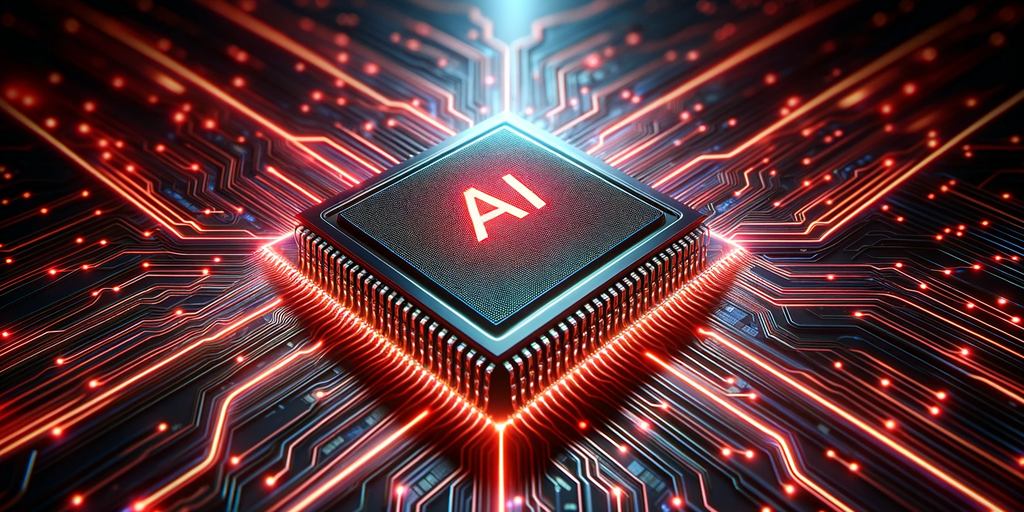We do the research, you get the alpha!
Get exclusive reports and access to key insights on airdrops, NFTs, and more! Subscribe now to Alpha Reports and up your game!
Go to Alpha Reports
Fetch.ai, Ocean Protocol, and SingularityNET have finalized the details of their planned merger to create the Artificial Superintelligence Alliance (ASI).
The newly combined ASI token, which would have a market cap of $5.8 billion based on the tokens’ respective valuations as of May 28, represents the largest open-sourced, decentralized network focused on the AI industry.
The merger, set to be finalized on June 13, will rename FET as ASI and provide Ethereum-based ERC-20 tokens for users to swap their FET, AGIX, and OCEAN tokens to ASI via a secure, audited token migration contract. This will allow the conveyance of tokens into ASI from over 200,000 total token holders of the constituent communities.
Since each project has a different market capitalization, different conversion rates have been set. FET will be renamed to ASI, with a total supply of 2.63055 billion tokens and a 1:1 conversation rate from FET. Meanwhile, AGIX tokens can be bridged to ASI at a rate of 0.433350:1, while OCEAN tokens will convert at a rate of 0.433226:1.
Once the migration is done, the Artificial Superintelligence Alliance could be the most important decentralized AI ecosystem in crypto with a broad range of use cases appealing to large businesses to domestic users.
“This merger paves the way for a new era in AI, combining our strengths to achieve unprecedented advancements,” Ben Goertzel, CEO of the future ASI Alliance, said in a press release.
The fusion of SingularityNET, Fetch.ai, and Ocean Protocol’s research, brands, technologies, and products lays the groundwork for open, scalable AI infrastructure that leverages blockchain to ensure ethical and trustworthy practices in AI development and deployment.
Humayun Sheikh, CEO and co-founder of Fetch.ai, shared with Decrypt his vision on the driving force behind this ambitious merger—and how it could impact the AI development scene:
“With this merger, we’re examining three distinct product lines. First is an agentic network and accompanying tools facilitating the development, connection, and deployment of agents in commercial settings. Second, we’re focusing on the commercial deployment of neural symbolic LLMs and the framework supporting them, as well as facilitating communication between AI layers, either through agents or directly. Lastly, we’re exploring data deployment as an independent solution for data sharing and utilization.”
This partnership is designed to challenge Big Tech’s dominance in AI development. The ASI Alliance aims to expedite the commercialization and monetization of each foundation’s technology and enable widespread access to cutting-edge AI platforms and extensive datasets. Looking ahead, the ASI Alliance has set clear milestones for the next two to three years, with three key objectives.
The first one involves heavy research “recognizing the need to explore and develop new AI, AGI, and ASI techniques to stay ahead of rapid obsolescence,” Sheik shared. The second objective focuses on deploying heavy compute resources for AI development and use, and expanding its hardware infrastructure. And the final goal is more prospective, focused on scaling the business model by “leveraging the synergy between data and compute, recognizing them as the twin pillars of our commercialization efforts,” he said.
The ASI token will function across the combined decentralized AI network, providing potentially unprecedented scale and power in terms of a Web3 network. Users willing to harness the combined power of the Artificial Superintelligence Alliance will have to pay in tokens instead of going through a centralized entity, giving users the power to decide when to join or leave the network.
“This includes two primary facets: compute for training models and compute for delivering inference. [We’re] harnessing the combined power of these three elements for potent commercial deployments, offering a synergy that hasn’t been fully realized yet,” Sheik explained to Decrypt.
This covers a lot of ground for the ASI team to explore. In AI, the training phase is a one-time process where the model learns everything it should know, like a student in a classroom. This is how AI businesses begin. This requires a lot of computing power to process a huge amount of data, establish their connection, and learn how to predict new results based on its knowledge database.
But after the model has been trained on a dataset, it enters the inference phase where it applies its learned knowledge to analyze new, unseen data and produce outcomes. This is how end users benefit from the model. So, the model learns during training and thinks during inference. While AI training is a one-time process, inference is ongoing and involves real-time data processing, which can be costly in terms of both computing power and energy consumption.
So “inference delivery” focuses on the end user, whereas “compute for training models” is more of a business model in which ASI provides the infrastructure that other developers use to build their AI products.
The leaders of Fetch.ai, Ocean Protocol, and SingularityNET appear eager to formally launch ASI and welcome additional strategic collaborators into the Alliance in the near future.
“The ASI Alliance is going to be a game-changer for Web3 adoption for AI and data,” Ocean Protocol Founder and ASI Council Board Director Bruce Pon said in a statement. “We’ve worked through a lot of details to make the process go smoothly, and we look forward to formally launching ASI.”
Edited by Andrew Hayward
Generally Intelligent Newsletter
A weekly AI journey narrated by Gen, a generative AI model.
Source: https://decrypt.co/232830/huge-ai-tokens-merging-how-when


